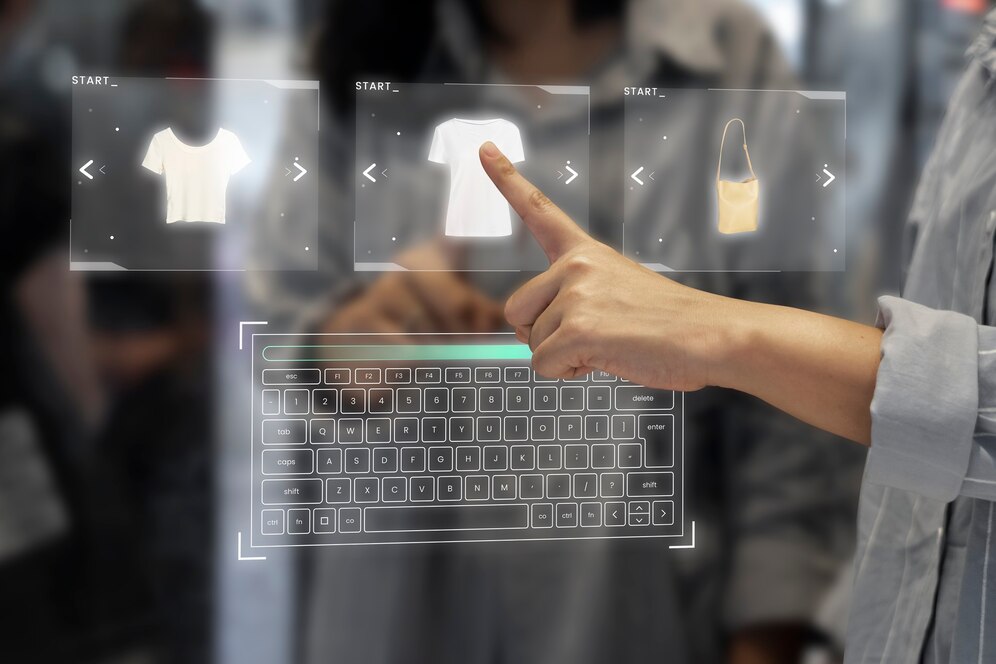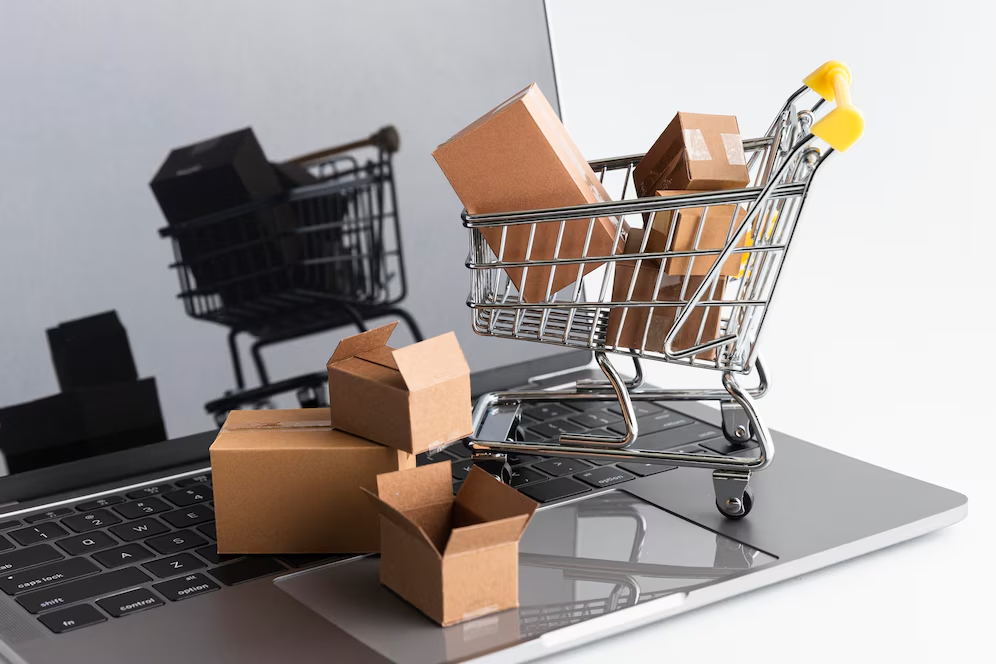
In today’s fast-paced retail landscape, consumers demand convenience, speed, and flexibility. The line between online and offline shopping is blurring, and businesses that fail to adapt risk being left behind. Enter the Web&Store model—a hybrid strategy that merges the digital and physical realms to create a unified, customer-centric shopping experience. In this blog post, we’ll explore why integrating your web presence with your brick-and-mortar store is no longer optional, how to do it effectively, and what the future holds for this transformative approach.
Why Web&Store Integration Matters
The rise of e-commerce once led many to predict the demise of physical stores. However, the reality is far more nuanced. While online shopping offers unparalleled convenience, physical stores provide tactile experiences, instant gratification, and human interaction. The key to thriving in modern retail lies in combining the strengths of both.
- Changing Consumer Behavior
Modern shoppers don’t distinguish between “online” and “offline”—they expect a fluid journey. For example, a customer might research products on your website, visit the store to try them, and later reorder via a mobile app. A Web&Store strategy ensures every touchpoint is interconnected, reducing friction and boosting satisfaction. - The Rise of Omnichannel Retail
Omnichannel isn’t just a buzzword; it’s a necessity. Studies show that 73% of shoppers use multiple channels during their purchasing journey. Brands like Nike and Target have mastered this by offering features like “buy online, pick up in-store” (BOPIS) and in-store returns for online purchases. - Competitive Advantage
Businesses that integrate Web&Store operations outperform competitors. According to Harvard Business Review, omnichannel customers spend 10% more online and 4% more in-store than single-channel shoppers.
Benefits of a Web&Store Strategy
- Boost Sales and Customer Lifetime Value
A unified approach encourages cross-channel spending. For instance, offering exclusive in-store discounts to app users drives foot traffic, while online promotions can upsell complementary products. - Enhanced Customer Loyalty
Personalized experiences—like sending targeted emails based on in-store purchases—build emotional connections. Sephora’s Beauty Insider program, which links online activity with in-store visits, is a prime example. - Data-Driven Insights
Integrating systems allows you to track customer behavior across platforms. This data helps optimize inventory, tailor marketing campaigns, and predict trends. - Operational Efficiency
Sync inventory management in real time to avoid overselling. If a product is out of stock online, guide customers to the nearest store instead of losing the sale. - Sustainability
Local pickup options reduce shipping emissions, appealing to eco-conscious shoppers.
How to Implement a Web&Store Model
- Develop an Omnichannel Strategy
Start by mapping the customer journey. Identify pain points (e.g., inconsistent pricing, lack of inventory visibility) and align your web and store teams to fix them. - Invest in Technology
- POS Systems: Use cloud-based tools like Shopify POS or Square to sync online and offline sales data.
- Mobile Apps: Enable features like store locators, digital loyalty cards, and AR-powered product previews.
- CRM Integration: Track customer interactions across channels to deliver personalized recommendations.
- Create Seamless Experiences
- Click-and-Collect: Allow customers to order online and pick up in-store. Walmart saw a 40% increase in BOPIS usage in 2023.
- Endless Aisle: Use in-store tablets to let shoppers browse and order out-of-stock items instantly.
- Train Staff
Equip employees to bridge the digital-physical gap. For example, staff should access online purchase histories to assist with returns or suggest related products. - Leverage Social Media
Promote in-store events on Instagram or use TikTok to showcase products available both online and locally.
Challenges and Solutions

- Integration Costs
Upgrading legacy systems can be expensive. Start small—adopt affordable SaaS tools and scale gradually. - Data Security
Protecting customer data across platforms is critical. Invest in encryption and compliance training. - Resistance to Change
Foster a culture of innovation by involving employees in the transition and celebrating quick wins. - Inventory Management
Use RFID tags or IoT sensors for real-time tracking.
The Future of Web&Store
- AI-Powered Personalization
Imagine AI chatbots recommending in-store products based on browsing history. - Augmented Reality (AR)
Virtual try-ons could start online and continue in-store via smart mirrors. - Voice Commerce
“Hey Google, order my usual coffee for pickup at the downtown store.” - Sustainability Focus
Zero-waste packaging and local sourcing will align with Web&Store convenience.
FAQs About Web&Store Integration
What exactly is a Web&Store model?
A Web&Store strategy integrates online (web) and physical (store) retail channels to create a seamless shopping experience. Examples include BOPIS, unified loyalty programs, and real-time inventory sharing.
How can small businesses afford to adopt this model?
Start with low-cost tools like Shopify for e-commerce and Square for POS. Focus on high-impact features like social media-driven local promotions.
What’s the biggest benefit for customers?
Convenience. Shoppers get flexibility—whether they want home delivery, same-day pickup, or hands-on product testing.
How do I handle returns across channels?
Implement a centralized returns system. Allow online purchases to be returned in-store, and vice versa, with integrated inventory updates.
Will Web&Store work for service-based businesses?
Yes! For example, a salon could let clients book appointments online, purchase products in-store, and access tutorials via an app.
Conclusion
The Web&Store model isn’t just a trend—it’s the future of retail. By breaking down silos between digital and physical channels, businesses can meet evolving consumer demands, drive loyalty, and stay ahead of competitors. Whether you’re a boutique retailer or a global brand, the time to act is now. Audit your current strategy, invest in the right tools, and start building bridges between your web and store today.
